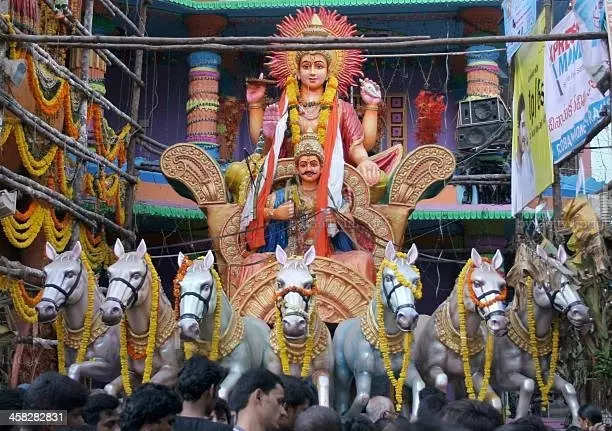
Photo : iStock
Ratha Saptami is also symbolic of the change of season from winters to spring and also marks the beginning of the harvesting season. Therefore, for most Indian farmers, Rath Saptami is an auspicious beginning of the New Year. The temperature gradually increases across South India and awaits the arrival of spring, which is later heralded by the festival of Gudi Padwa, Ugadi or the Hindu lunar New Year day in the month of Chaitra.
The seven horses along with representing the seven colours of the rainbow also represent the seven days of a week starting with Sunday, the day of Sun god Surya. The chariot has 12 wheels, which represents the 12 signs (each of 30 degrees) of the Zodiac (360 degrees) and constituting a full year, named Samvastsara. The Sun’s own house is Leo (Simha) and he moves from one house to the next every month and the total cycle takes 365 days to complete. The Ratha Saptami festival seeks the benevolent cosmic spread of energy and light from the Sun God.
People worship with red flowers and incense
After taking a bath, at sunrise, people make offerings to the Sun God. The ritual of Arghadan is done by slowly offering water from the Kalash to the Sun God. While preforming this ritual the devotees should be in Namaskar Mudra and face in the direction of the Sun God.
Lord Surya should be worshiped with ghee lamp, red flowers, camphor and incense sticks to receive blessings of good health, longevity and success.

